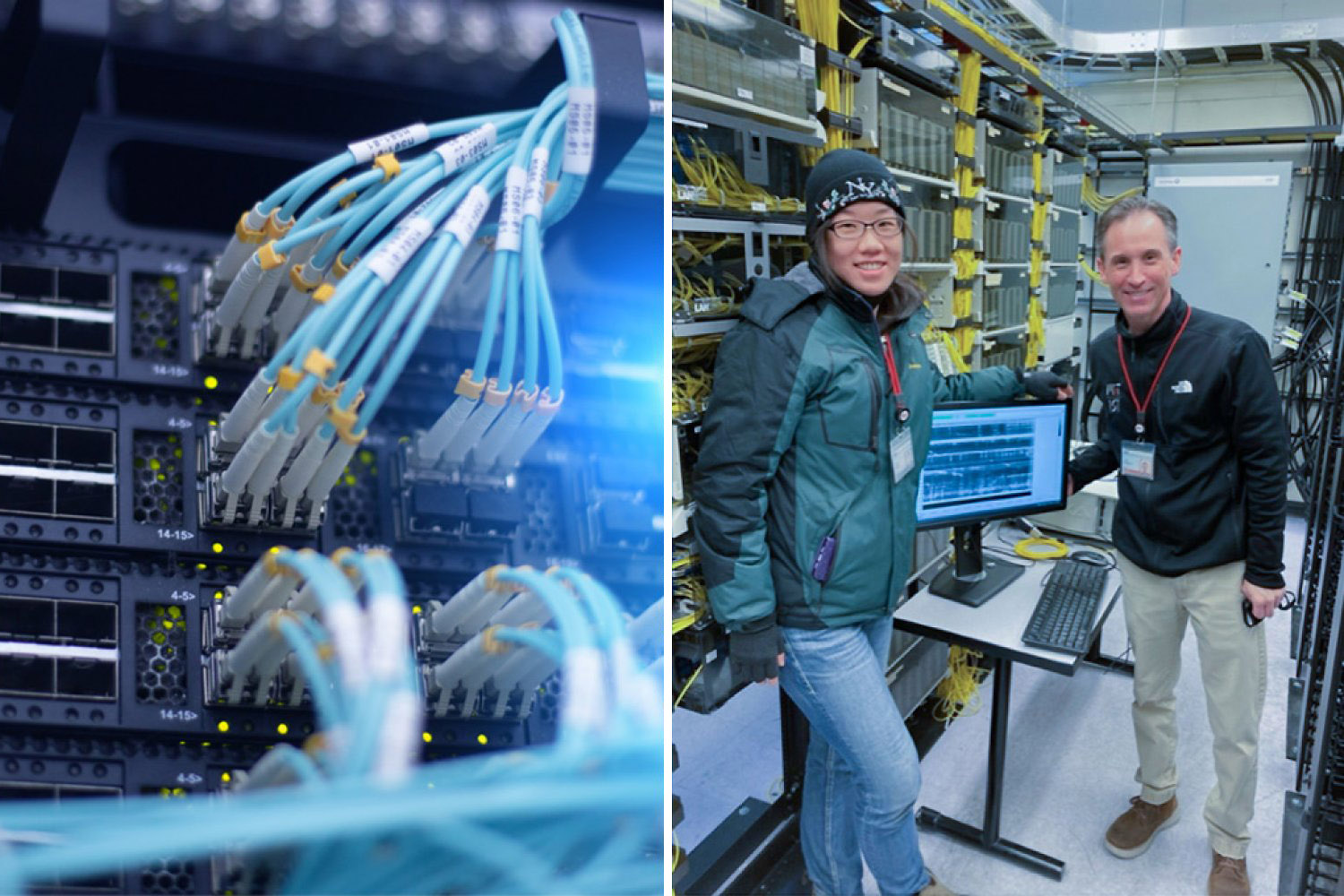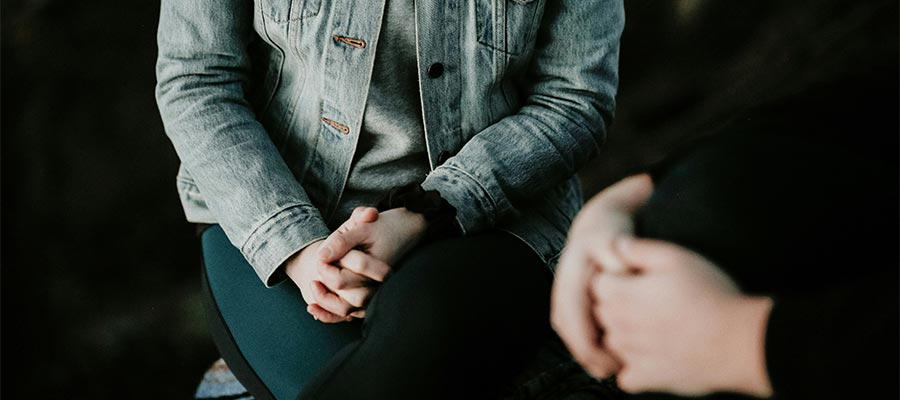With AI forecasted to continue its explosion in 2025, the ever-evolving technology presents both unprecedented opportunities and complex challenges for organizations worldwide. To help today’s organizations and professionals secure the most value from AI in 2025, I’ve shared my thoughts and anticipated AI trends for this…
Ivo Secures $16M Series A to Revolutionize AI-Powered Contract Review, Launches Ivo Search Agent
Legal teams are under increasing pressure to accelerate contract negotiations while maintaining precision and compliance. Traditional contract automation tools often compromise accuracy for speed, forcing legal departments to manually intervene and double-check AI-generated outputs. Enter Ivo, an AI-powered contract review platform that has already transformed the…
Introducing the Atomos Sun Dragon: Live Studio Demo by Videoguys

On This Week’s Videoguys Live, Join James in the Videoguys Studio as we introduce the powerful Atomos Sun Dragon! Watch our in-use demo to see how this innovative device enhances video production with its stunning display and advanced features. Perfect for filmmakers and content creators looking to elevate their work. We will also be showing off all of the new Promotions from Atomos. Don’t miss out on these amazing deals and our comprehensive review and hands-on experience!
[embedded content]
Atomos Sun Dragon
| World’s first sun spectrum, HDR, waterproof, DMX controlled, 5-color LED, mount-anywhere, lightweight flexible rope light. Get the Sun Dragon iOS app for Control and Updates |
Precise Control
Comes with fully featured controller unit. Can also be controlled via Bluetooth, Ethernet or DMX.
Super Bright & Color Profiles
- 2000 lumen (non-diffused version)
- Color Temperatures to match ARRI, Canon, Nikon, Panasonic, RED, Sony, and Z CAM color science
- Advanced RGBAW design of 5 different colored LEDs – red, green, blue, amber, and white
Flexible
Fits into places other lights can’t with 30cm (1 foot) bend tolerance.
Lightweight
Weighs less than 1kg / 2.2 pounds.
Quick to Deploy
Gives filmmakers and photographers more creative options.
Rugged
IP68 rated: dustproof and waterproof to depth of 1 meter (3 feet).
Atomos Shinobi II
|
Shinobi II is our highly popular ultra-slim, high-brightness HDR monitor, perfect for photo and video creatives looking for top-tier performance and versatility Save 10$ on Shinobi II |
Atomos Ninja Phone
|
Now with 4K streaming! Ninja Phone turns your smartphone into a high‑end 10‑bit recorder, monitor and streamer for your professional video camera or other HDMI‑equipped device. Save $200 on Ninja Phone! |
Atomos Shogun Ultra
|
Shogun Ultra is everything you’d expect from a Shogun. Perfect for HDMI mirrorless and SDI cinematic cameras, with enhanced camera to cloud connectivity. |
Atomos SUMO 19SE
|
A bright (1200nit), HDR touchscreen covering the DCI-P3 (P3) Color Gamut, and able to record Apple ProRes RAW up to 6Kp30. With its rugged and versatile design, the Sumo 19SE is the perfect addition to an on-set video village. Buy a SUMO 19SE and get a FREE Sunhood! |
Baseline Status in a WordPress Block
The steps for how I took the Baseline Status web component and made it into a WordPress block that can be used on any page of post.
Baseline Status in a WordPress Block originally published on CSS-Tricks, which is part of the DigitalOcean family. You should get…
From Lab to Market: Why Cutting-Edge AI Models Are Not Reaching Businesses
Artificial Intelligence (AI) is no longer just a science-fiction concept. It is now a technology that has transformed human life and has the potential to reshape many industries. AI can change many disciplines, from chatbots helping in customer service to advanced systems that accurately diagnose diseases….
Building High-Precision AI Simulation Platforms for Match Recommendation Systems
How rigorous testing environments can boost user satisfaction and business outcomes In the contemporary AI landscape, match recommendation systems power many platforms integral to our daily lives—whether job boards, professional networking sites, dating applications, or e-commerce. These recommendation engines connect users with relevant opportunities or products,…
Hubert Palan, Founder and CEO of Productboard – Interview Series
Hubert Palan is the Founder and CEO of Productboard, a product management platform designed to help teams bring products to market more efficiently by prioritizing user needs and aligning teams around a shared roadmap. More than 5,400 companies, including Zoom, UiPath, JCDecaux, and Microsoft, use the platform…
Agentic code generation: The future of software development
As enterprises strive to accelerate development cycles, reduce costs, and improve code quality, agentic code-generation is emerging as a critical enabler….
How telecommunications cables can image the ground beneath us

When people think about fiber optic cables, its usually about how they’re used for telecommunications and accessing the internet. But fiber optic cables — strands of glass or plastic that allow for the transmission of light — can be used for another purpose: imaging the ground beneath our feet.
MIT Department of Earth, Atmospheric and Planetary Sciences (EAPS) PhD student Hilary Chang recently used the MIT fiber optic cable network to successfully image the ground underneath campus using a method known as distributed acoustic sensing (DAS). By using existing infrastructure, DAS can be an efficient and effective way to understand ground composition, a critical component for assessing the seismic hazard of areas, or how at risk they are from earthquake damage.
“We were able to extract very nice, coherent waves from the surroundings, and then use that to get some information about the subsurface,” says Chang, the lead author of a recent paper describing her work that was co-authored with EAPS Principal Research Scientist Nori Nakata.
Dark fibers
The MIT campus fiber optic system, installed from 2000 to 2003, services internal data transport between labs and buildings as well as external transport, such as the campus internet (MITNet). There are three major cable hubs on campus from which lines branch out into buildings and underground, much like a spiderweb.
The network allocates a certain number of strands per building, some of which are “dark fibers,” or cables that are not actively transporting information. Each campus fiber hub has redundant backbone cables between them so that, in the event of a failure, network transmission can switch to the dark fibers without loss of network services.
DAS can use existing telecommunication cables and ambient wavefields to extract information about the materials they pass through, making it a valuable tool for places like cities or the ocean floor, where conventional sensors can’t be deployed. Chang, who studies earthquake waveforms and the information we can extract from them, decided to try it out on the MIT campus.
In order to get access to the fiber optic network for the experiment, Chang reached out to John Morgante, a manager of infrastructure project engineering with MIT Information Systems and Technology (IS&T). Morgante has been at MIT since 1998 and was involved with the original project installing the fiber optic network, and was thus able to provide personal insight into selecting a route.
“It was interesting to listen to what they were trying to accomplish with the testing,” says Morgante. While IS&T has worked with students before on various projects involving the school’s network, he said that “in the physical plant area, this is the first that I can remember that we’ve actually collaborated on an experiment together.”
They decided on a path starting from a hub in Building 24, because it was the longest running path that was entirely underground; above-ground wires that cut through buildings wouldn’t work because they weren’t grounded, and thus were useless for the experiment. The path ran from east to west, beginning in Building 24, traveling under a section of Massachusetts Ave., along parts of Amherst and Vassar streets, and ending at Building W92.
“[Morgante] was really helpful,” says Chang, describing it as “a very good experience working with the campus IT team.”
Locating the cables
After renting an interrogator, a device that sends laser pulses to sense ambient vibrations along the fiber optic cables, Chang and a group of volunteers were given special access to connect it to the hub in Building 24. They let it run for five days.
To validate the route and make sure that the interrogator was working, Chang conducted a tap test, in which she hit the ground with a hammer several times to record the precise GPS coordinates of the cable. Conveniently, the underground route is marked by maintenance hole covers that serve as good locations to do the test. And, because she needed the environment to be as quiet as possible to collect clean data, she had to do it around 2 a.m.
“I was hitting it next to a dorm and someone yelled ‘shut up,’ probably because the hammer blows woke them up,” Chang recalls. “I was sorry.” Thankfully, she only had to tap at a few spots and could interpolate the locations for the rest.
During the day, Chang and her fellow students — Denzel Segbefia, Congcong Yuan, and Jared Bryan — performed an additional test with geophones, another instrument that detects seismic waves, out on Brigg’s Field where the cable passed under it to compare the signals. It was an enjoyable experience for Chang; when the data were collected in 2022, the campus was coming out of pandemic measures, with remote classes sometimes still in place. “It was very nice to have everyone on the field and do something with their hands,” she says.
The noise around us
Once Chang collected the data, she was able to see plenty of environmental activity in the waveforms, including the passing of cars, bikes, and even when the train that runs along the northern edge of campus made its nightly passes.
After identifying the noise sources, Chang and Nakata extracted coherent surface waves from the ambient noises and used the wave speeds associated with different frequencies to understand the properties of the ground the cables passed through. Stiffer materials allow fast velocities, while softer material slows it.
“We found out that the MIT campus is built on soft materials overlaying a relatively hard bedrock,” Chang says, which confirms previously known, albeit lower-resolution, information about the geology of the area that had been collected using seismometers.
Information like this is critical for regions that are susceptible to destructive earthquakes and other seismic hazards, including the Commonwealth of Massachusetts, which has experienced earthquakes as recently as this past week. Areas of Boston and Cambridge characterized by artificial fill during rapid urbanization are especially at risk due to its subsurface structure being more likely to amplify seismic frequencies and damage buildings. This non-intrusive method for site characterization can help ensure that buildings meet code for the correct seismic hazard level.
“Destructive seismic events do happen, and we need to be prepared,” she says.





